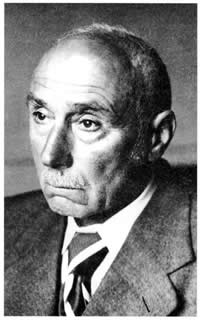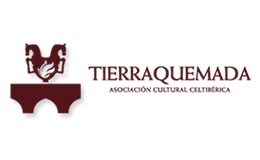

In the beginning of the 20th century Numantia history attracted the interest of European researchers as Adolf Schulten- helped in his archaeological works by Koennen and in works about topography and military strategy by Lammerer who did first studies under Kaisser Wilhelm II sponsorship (as honorary colonel of Dragon Regiment in Numantia) and realized excavations in the city in 1905.
The works of the German team coincided with the inauguration of the Monument from King Alfonso XIII. This monument was built by R. Benito Aceña profit from his protection. But this event was influenced a lot by the atmosphere of national identity that produced a reaction “against the excavations from foreigners in Numantia” (the defence of Sorian intellectuality was headed by Gomez Santacruz) which contributed Schulten sent of excavation materials to Germany.
In this way, it was generating a current of opinions, stronger and stronger, that was used by Sorian senators to introduce in the budget of the State of 1906 the necessary item for the acquisition of lands, excavation expenses and the appointment of a Commission of Excavations to discover the entire plan of the city. In this way, Schulten (in 1945) was excluded from Numantia, even if, thanks to the protection of Saavedra, he could carried out his excavation works between 1906 and 1912 in Roman camps of Rieneblas Watchtower and in the sieges of Scipio, in Numantia surroundings, inseparable from the history and city research. The results and descriptions of these works were published in the most important reviews of research of that epoch. In this way, Numantia was taken into consideration by scientific world in the beginning of the 20th century.


















